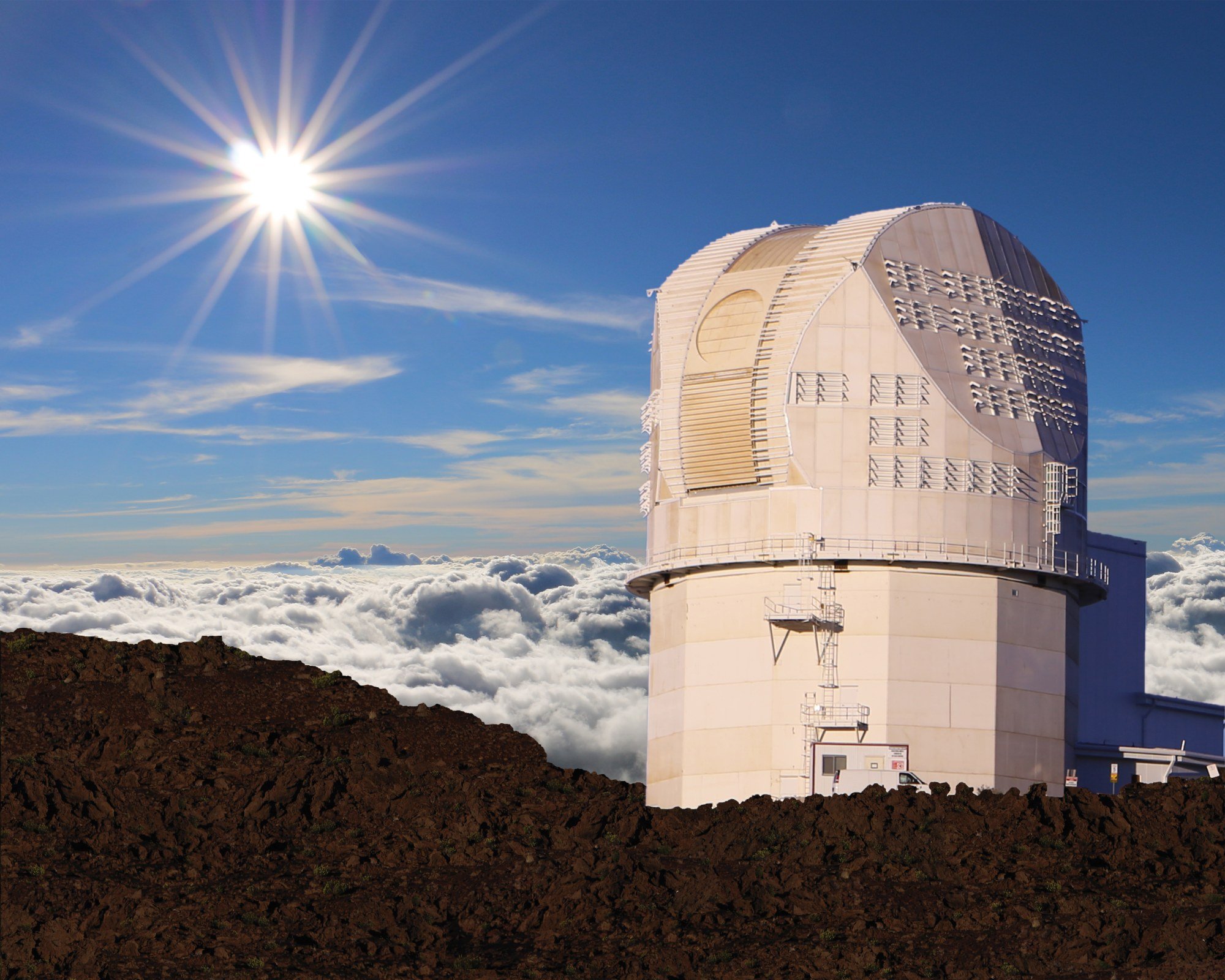May 29, 2023, 9:32 AM
May 29, 2023, 9:32 AM

These images might make you think you’re looking at a sunflower from a bee’s perspective, but they’re actually detailed close-up photos of the Sun.
They were taken by the Daniel K. Inouye Solar Telescope of the United States National Science Foundation (NSF).
Located on the island of Maui, Hawaii, it is the largest and most powerful ground-based telescope of the world dedicated to the observation of the Sun.
It is hoped that detailed images like these can help solar scientists understand the Sun’s magnetic field and the cause of solar storms.
The NSF released eight new images of the Sun taken by the Visible Broadband Camera, or VBI, one of the telescope’s very high-resolution first-generation instruments.
The photos show both the sunspots and the calmer regions of the star’s surfaces, but what does that mean?
What is a sunspot?

Sunspots are dark regions that appear on the surface of the Sun. They can vary in dimension but often reach the size of Earth or larger.
The spots are darker in appearance because they are cooler in temperature than other regions on the sun’s surface, known as the photosphere, and are formed by magnetic fields.
Sunspot complexes or groups are the source of explosive events such as flares or flares solarsudden bursts of energy that generate solar storms.
This type of activity also has an effect on the outermost layer of the Sun, called the heliosphere, and can impact Earth in a number of ways.
Experts will be using these images to further understand the Sun’s magnetic field and the possible causes of solar storms.
What is the risk of solar storms?
a violent solar storm could cripple radio and satellite communications on Earth and cause enormous economic damagethe scientists warn.
In the past there have been catastrophic blackouts, including fires from exploding power plants, which have been attributed to this solar flare phenomenon.
Nowadays, the impact would be more seriousgiven the dependence we have on the communication networks to which our cell phones and computers are connected.
This is without counting all the infrastructure of production, transportation, finance and security that depend on that system. The chaos would be total.
That’s why scientists carefully monitor the sun’s surface every dayand these types of unprecedented images help in their investigations and understanding of our nearby star.

The brand new Inouye telescope is in a learning and transition phase as it reaches its full functional capacity.
The newly released images are just a small fraction of the data obtained from this first cycle, as the Solar Telescope Data Center continues to calibrate instruments.
The project is part of a broader mission of the National Science Foundation, which will be taking more detailed photos like these in the future.
“As the Inouye Solar Telescope continues to explore the Sun, we look forward to more exciting new results from the scientific community, including spectacular panoramas of the most influential celestial body in our solar system,” the Foundation stated.
Remember that you can receive notifications from BBC Mundo. Download the new version of our app and activate them so you don’t miss out on our best content.
















